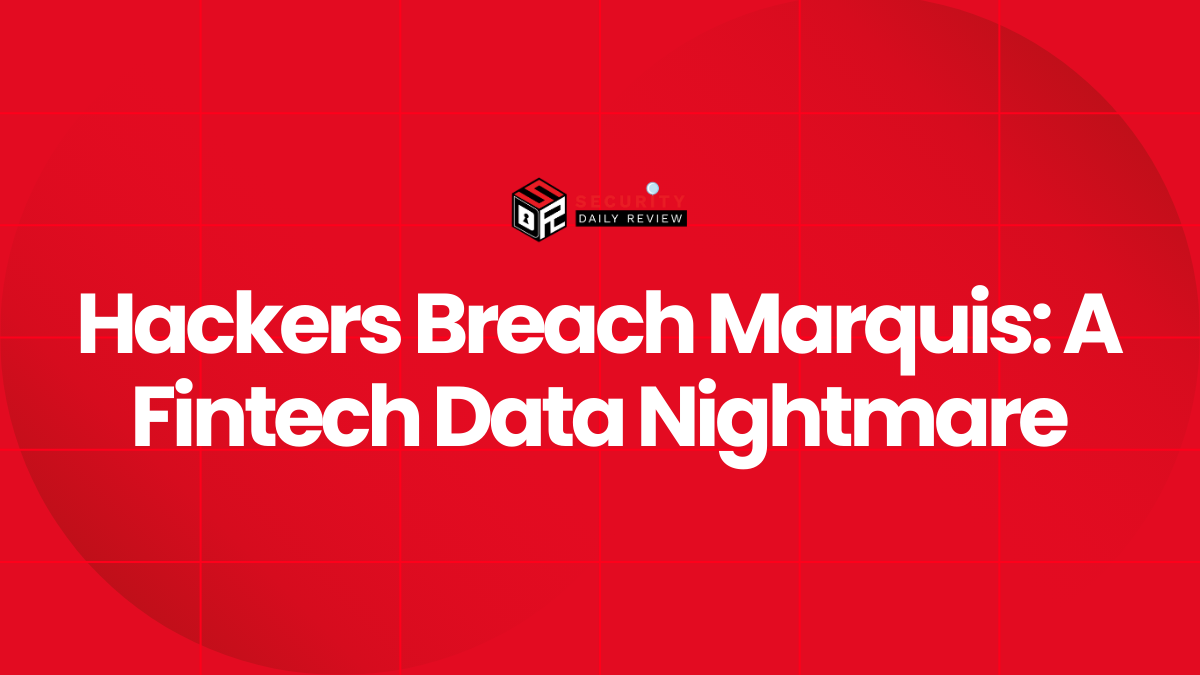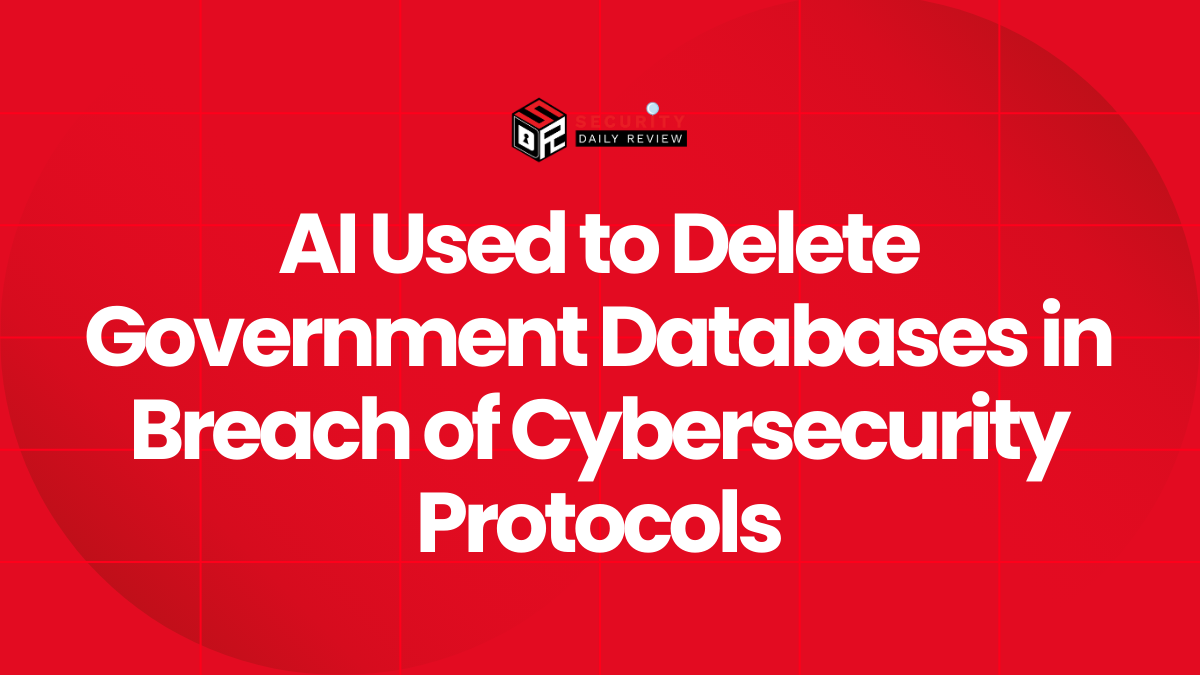The phishing threat landscape continues to evolve with the recent enhancement of a notorious Phishing-as-a-Service (PhaaS) platform dubbed Sneaky 2FA . Security researchers have identified the incorporation of Browser-in-the-Browser (BitB) attack capabilities into the toolset, significantly escalating its potential to bypass two-factor authentication (2FA). This development highlights a growing trend in phishing operations aimed at enabling less sophisticated threat actors to launch effective credential theft campaigns.
Growing Capabilities of ‘Sneaky 2FA’ Raise Alarm in Security Circles
The integration of BitB techniques into the Sneaky 2FA PhaaS platform reflects the strategic progress malware authors are making to improve success rates against increasingly secure enterprise environments. Originally designed to facilitate phishing that circumvents multi-factor authentication, Sneaky 2FA has now evolved beyond traditional approaches by exploiting users’ visual perception through deceptive interface attacks.
BitB Phishing Impersonates Legitimate Login Windows Within the Browser
At the core of the new functionality is the Browser-in-the-Browser technique, a phishing tactic that renders fake browser windows that appear indistinguishable from legitimate pop-up login prompts. These fake windows are crafted using HTML/CSS and JavaScript and are embedded within a parent browser page.
When effective, BitB attacks leave users unable to visually distinguish between a legitimate single sign-on window and a forged one, enabling attackers to harvest credentials and MFA tokens in real-time.
BitB attacks gained popularity following proof-of-concept disclosures in 2022, and their addition to publicly available PhaaS kits marks a turning point in accessibility for amateur cybercriminals. The automation and convenience these platforms offer lowers the technical proficiency needed to launch highly convincing phishing campaigns.
Push Security Identifies Active Campaigns Using the Enhanced Toolkit
Researchers at Push Security, who analyzed current campaigns using Sneaky 2FA, observed how the newly added BitB features allow threat actors to launch credential harvesting attempts that appear convincingly legitimate. By mimicking login interfaces for providers such as Okta or Microsoft 365, attackers increase the likelihood that users will enter their login details in the fake prompt.
The observed campaigns follow a familiar attack flow:
- A target receives a phishing email containing a malicious link.
- Clicking the link opens a tailored login page embedded with the BitB fake authentication window.
- Users are prompted to enter their credentials and secondary authentication codes, which are captured and relayed back to the attacker in near real-time.
Sneaky 2FA then uses these inputs to initiate session hijacking or other follow-on activity, such as lateral movement within corporate networks or data exfiltration.
Tools Like Sneaky 2FA Lower the Barrier to Entry for Phishing Attacks
The commercialized evolution of phishing tools like Sneaky 2FA highlights the changing nature of social engineering threats. By bundling advanced deception techniques such as BitB with easy-to-use interfaces and automation, PhaaS offerings are allowing even novice actors to successfully compromise user accounts protected by multi-factor authentication.
This represents a significant threat to organizations that rely heavily on password plus 2FA models, exposing the limitations of MFA in the absence of stronger behavioral detection or phishing-resistant authentication mechanisms, such as:
- FIDO2/WebAuthn hardware tokens
- Biometric authentication
- Continuous identity verification signals
Security practitioners are encouraged to augment MFA with robust monitoring solutions, educate users on visual indicators of BitB phishing, and adopt modern authentication frameworks wherever feasible.
The Rise in Phishing Complexity Demands Greater User Awareness
As phishing kits continue to adopt methods that defeat traditional security training and visual verification, employee education programs must evolve as well. Users should be trained to:
- Avoid clicking on unexpected email prompts requiring re-authentication
- Look for inconsistencies in domain names and SSL certificates
- Use dedicated application logins instead of browser-based prompts
The increasing sophistication of phishing-as-a-service offerings, particularly when enhanced by techniques like BitB, underscores the critical need for layered defenses. Reactive awareness training alone is no longer sufficient as threat actors use these platforms to execute highly believable attacks at speed and scale.
BitB Integration Signals Strategic Phishing Shift
With the adoption of Browser-in-the-Browser functionality, the Sneaky 2FA kit exemplifies a new era of phishing campaigns that can invisibly circumvent multi-factor authentication mechanisms. This expanding threat poses serious challenges for organizations that rely on human users to detect deception. In light of this advancement, enterprises are advised to reassess their current phishing defense strategies and move toward phishing-resistant architectures.









